
 |
|
|
Vegetables
Volume 60 Number 15 Date 07/30/2015 BLOSSOM END ROT - This disorder of tomatoes, peppers, watermelons and squash is appearing in commercial and home gardens, according to grower reports. The dark, water-soaked spot that starts at the blossom end of the fruit and enlarges around the fruit surface is caused by calcium deficiency or inconsistent soil moisture levels. Since this disease is physiological in nature, fungicides and insecticides are useless as control measures. Maintaining even soil moisture levels throughout the season will usually limit its development. SQUASH BUG - Reports from Dane, Grant, Green, La Crosse, Portage, Rock and Vernon counties indicate continuing problems in home gardens. The insects are infesting cucumber, summer squash and zucchini, killing plants in extreme cases. The simplest control is to remove the eggs, nymphs and adults from plants and submerge them in a bucket of soapy water. Gardeners are also advised to dispose of dead leaves and other plant material which can harbor large numbers of nymphs. LATE BLIGHT - Cases of this disease have been confirmed on potato in five counties (Adams, Marquette, Portage, Waushara and Wood) and on tomato in three counties (Columbia, Fond du Lac and Waushara) as of July 29. Conventional and organic potato growers should maintain a five- to seven-day preventive fungicide program (copper-containing fungicide treatments approved for organic use), while home gardeners are advised to inspect tomato and potato plants daily for leaf lesions and fruit spots. If late blight is suspected and symptoms are widespread, plants should be destroyed and properly disposed of to prevent further disease spread. The UW Plant Disease Diagnostic Clinic is offering free testing for late blight: http://labs.russell.wisc.edu/pddc/ . -- Krista Hamilton, DATCP Entomologist 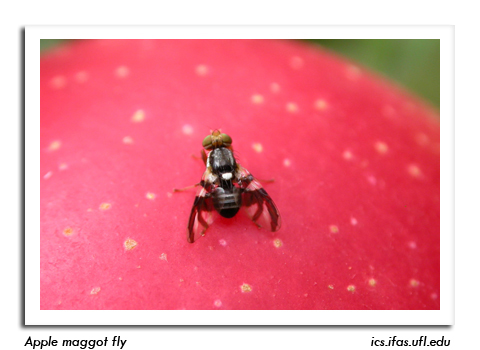

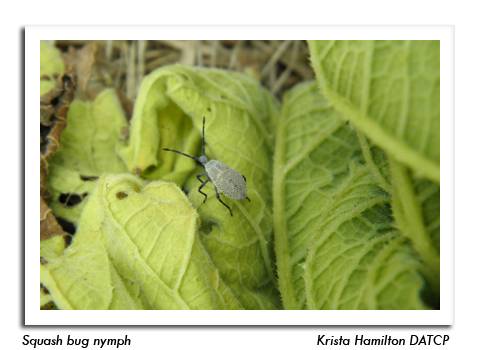
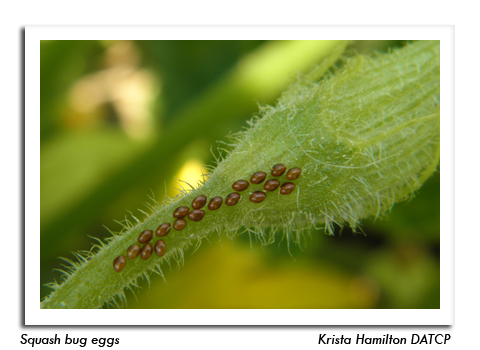
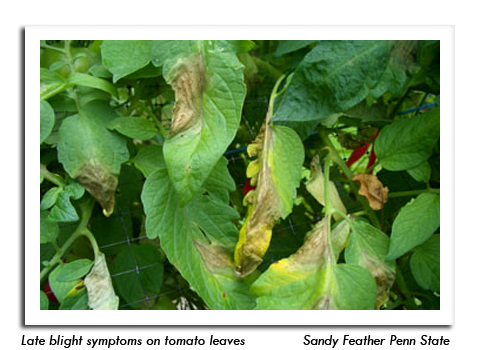
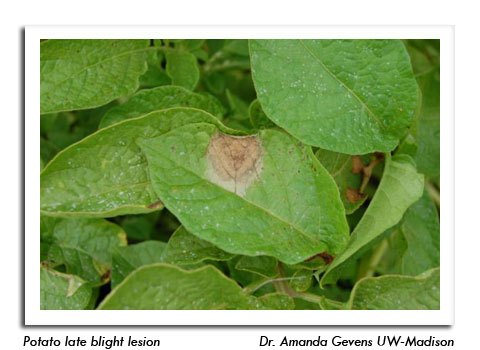
|
|
|